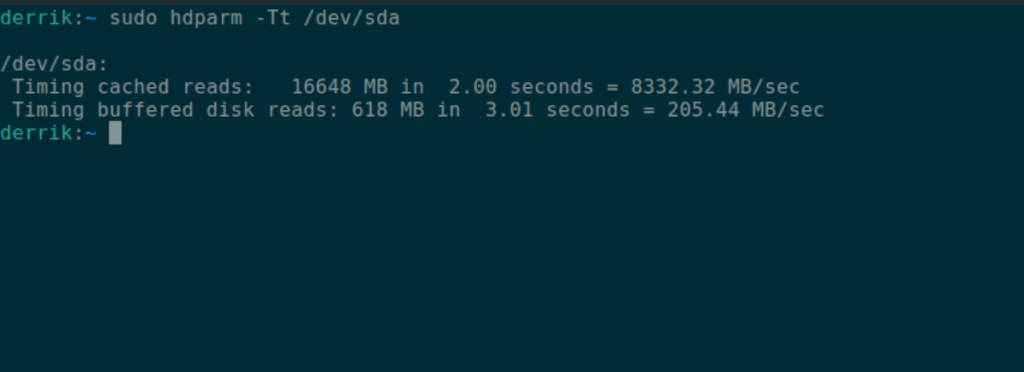

Users can also utilize the “ Disks” application in GUI to test SSD/HDD’s health. Firstly, use the fdisk command with superuser privileges to display information about all your disk drives or flash memory plus their partitions: sudo fdisk -l List Linux Filesystem Partitions Then scan your Linux disk drive to check for bad sectors/blocks by typing: sudo badblocks -v /dev/sda10 > badsectors. These tools are used to visualize the “percentage_used ”, “power_on_hours”, “unsafe_shutdowns”, and many more in the terminal. Linux offers the “ Smartctl” and “ nvme-cli” command line tools to test the health of SSD/HDD. So use the CLI methods discussed above when this option is unavailable. Now click on three dots and then pick the “ SMART Data & Self-Tests” option : The disk on the current system does not support this feature, so the option is greyed out. Step 2: Select Disk and do SMART Data & Self-Testsįrom the new screen, select the drive you want to test ( 1). To open the disk application, click on “ Activities” from the top right corner of the screen and then type “ Disks” in the search bar and open it:Īfter clicking on “ Disks,” a new window opens up. As mentioned before the smartmontools package is available in the repositories of all the major Linux.
#Linux test disk health how to
To check the SSD/HDD health via the graphical interface, use the GNOME Disk Application by following these steps: How to check an hard drive health from the command line using smartctl Software requirements and conventions used. I am only interested in direct health reports. Benchmarks only sometimes highlight health issues. Diagnostic tools list component details, but not their health.


Raw diagnostic tools and benchmarks aren't suitable. I'd like something similar for all my other components. If the temperature exceeds this limit, it could cause serious damage to the drive, which ultimately leads to data loss. I know that the disk utility can report SMART results for my disk. $ sudo nvme smart-log /dev/nvme0n1p6 | grep "^temperature"Īs seen in the above image, make sure that the temperature remains between 0 and 70 degrees Celsius.


 0 kommentar(er)
0 kommentar(er)
